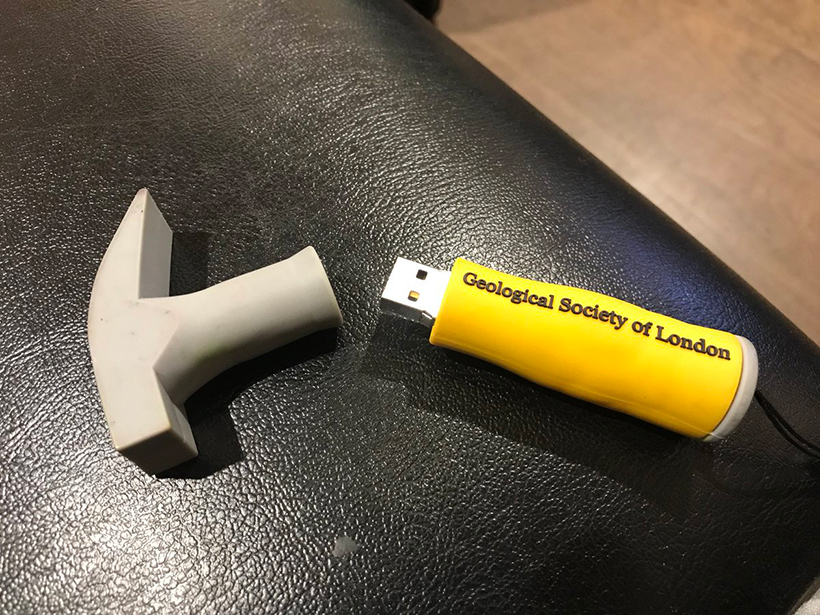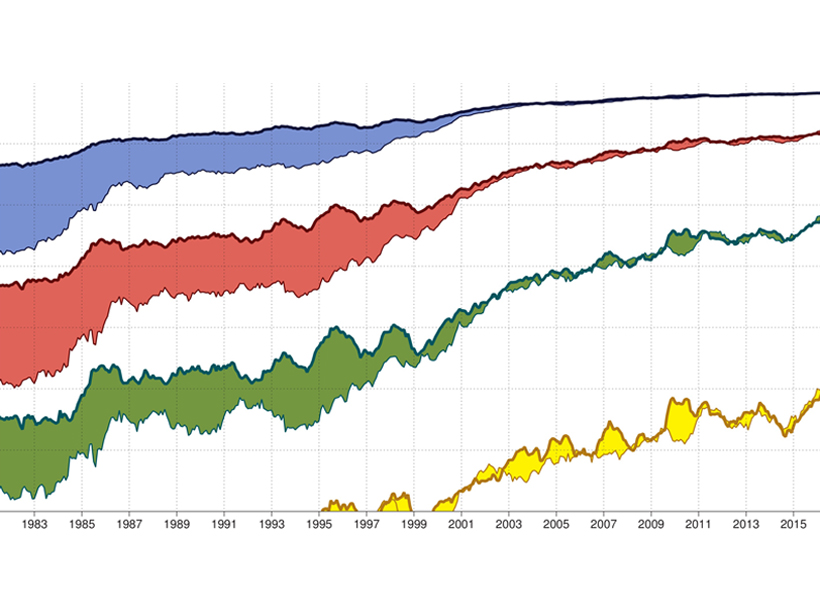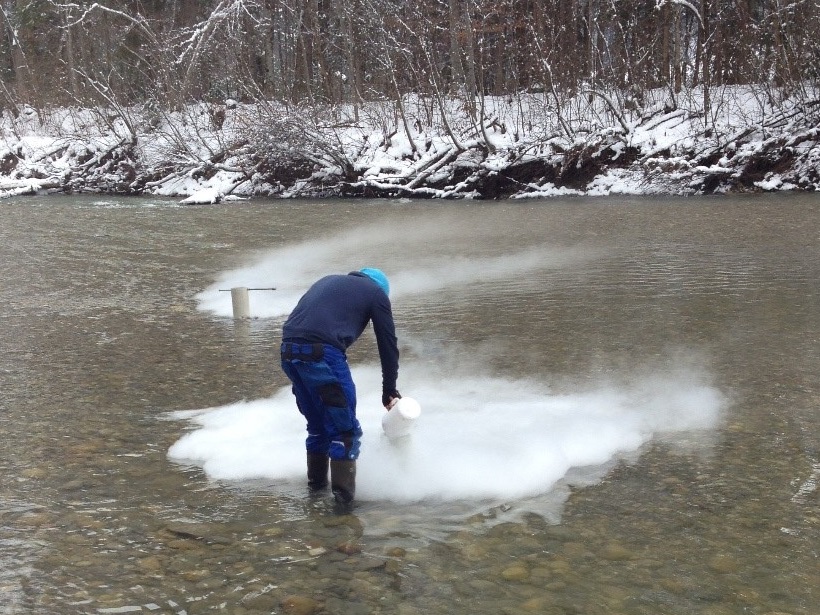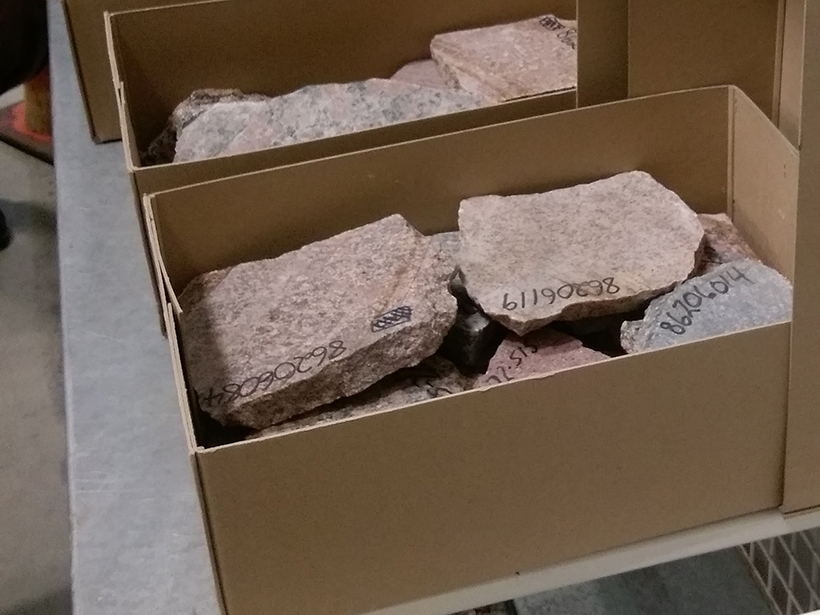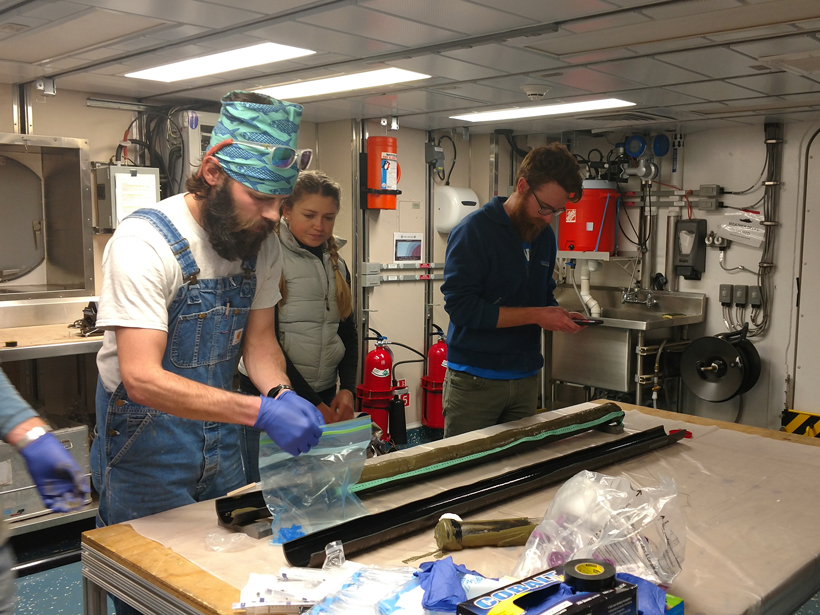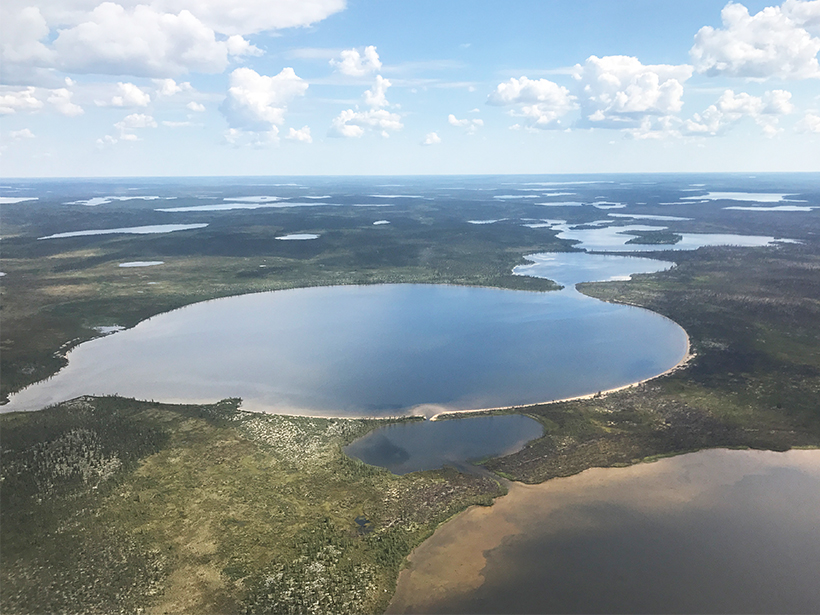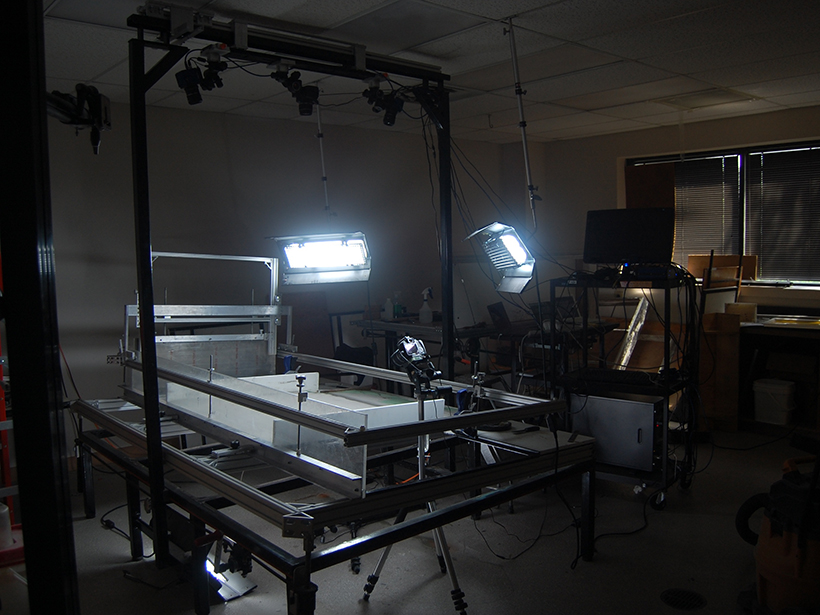“Gamma ray spectrometer,” “rock hammer,” and “putty knife” are not phrases that airport security likes to hear.
cool tools
Space Weather: Exploiting Meteorology’s Toolkit
Space weather forecasting is benefiting, and can benefit much further, from concepts and tools already developed by the global meteorological community.
Above and Below: Understanding River-Groundwater Exchanges
Field data, new technologies, numerical modelling, and geostatistical methods can be combined to improve understanding of the interactions between surface water and groundwater.
Connecting Scientific Data and Real-World Samples
International Symposium on Linking Environmental Data and Samples; Canberra, Australia, 29 May to 2 June 2017
Exploring Methane Gas Seepage in the California Borderlands
Early-career scientists aboard the 2016 UNOLS Chief Scientist Training Cruise explored recently reactivated underwater methane seeps in the San Diego Trough.
Advanced Satellite Tracks Air Pollution in Extraordinary Detail
The unparalleled resolution of the European Space Agency’s Sentinel-5P’s spectrometer will allow scientists to pinpoint pollution sources, the agency reports.
Airborne Surveys Examine Water Levels of Lakes Perched on Permafrost
Do water levels in high-latitude Canadian lakes fluctuate as one body or as separate entities? The answer could reveal clues to how melting permafrost influences the environment.
Sounding the Black Smoker Plumes
Imaging sonar, an emerging technique for monitoring heat from seafloor hydrothermal vents, gives scientists a new look at interacting systems off the coast of Canada.
Analog Modeling Recreates Millions of Years in a Few Hours
Second Workshop on Analog Modeling of Tectonic Processes; Austin, Texas, 17–19 May 2017
Solar Probe Will Approach Sun Closer Than Any Prior Spacecraft
Technological improvements, including an advanced thermal protection system and innovative solar arrays, have helped to get this mission off the drawing board.

